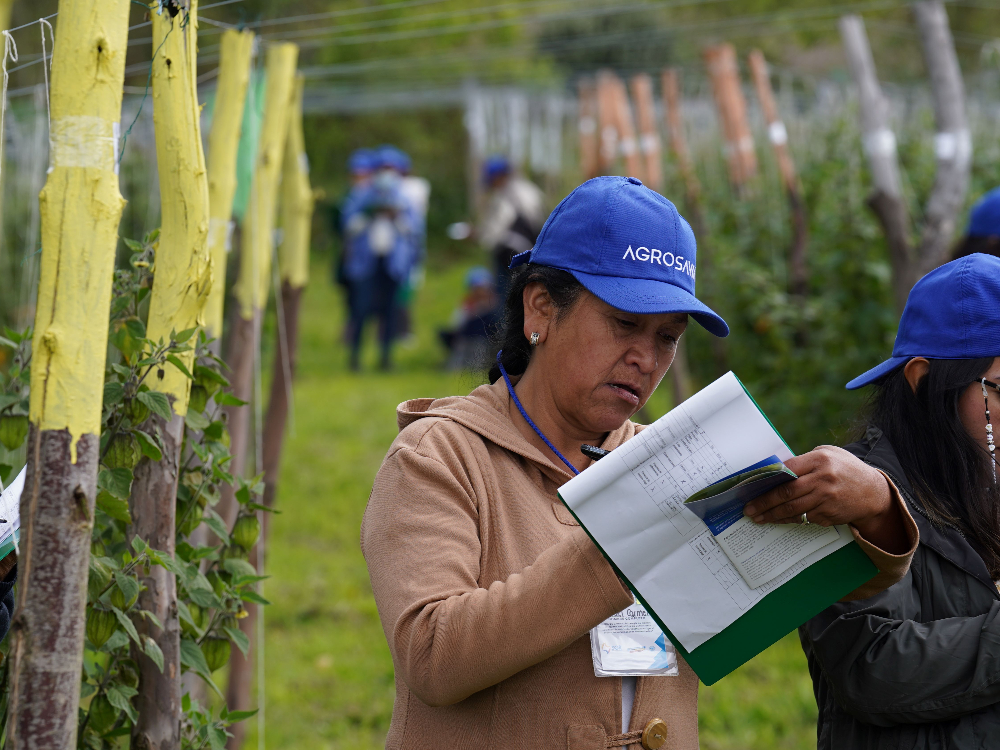Mosquera, Cundinamarca. April 10, 2023. To mitigate the impact caused by vascular wilt in cape gooseberry cultivation, researchers from the Tibaitatá Research Center of AGROSAVIA socialize the use of Arbuscular Mycorrhizae-forming Fungi and Plant Growth-Promoting Bacteria, microorganisms that have shown great potential in reducing the incidence of the disease caused by the fungus Fusarium oxysporum, that has generated significant losses for cape gooseberry producers and caused the transhumance of the crop through various regions of the country.
In this context, on March 29, in the Municipality of Ubaté, a field day with producers from the region was held, in which, through a dialogue of know-how (knowledge) and the active participation of producers, experimental plots established on the farm of Don Benjamín Gómez, a producer committed to the eradication of vascular wilt in cape gooseberry were visited.
For Diana Serralde, M.Sc. researcher at the Tibaitatá Research Center, “There is no 100% effective control for this disease. However, the combination of integrated crop management strategies and the use of microorganisms has reduced the impact of the disease.”
The highlights of the day are that the participants had the opportunity to validate the efficiency of the treatments in crop nutrition and the control of the disease caused by Fusarium oxysporum, selecting at their own discretion those that, according to their experience, show a better development.
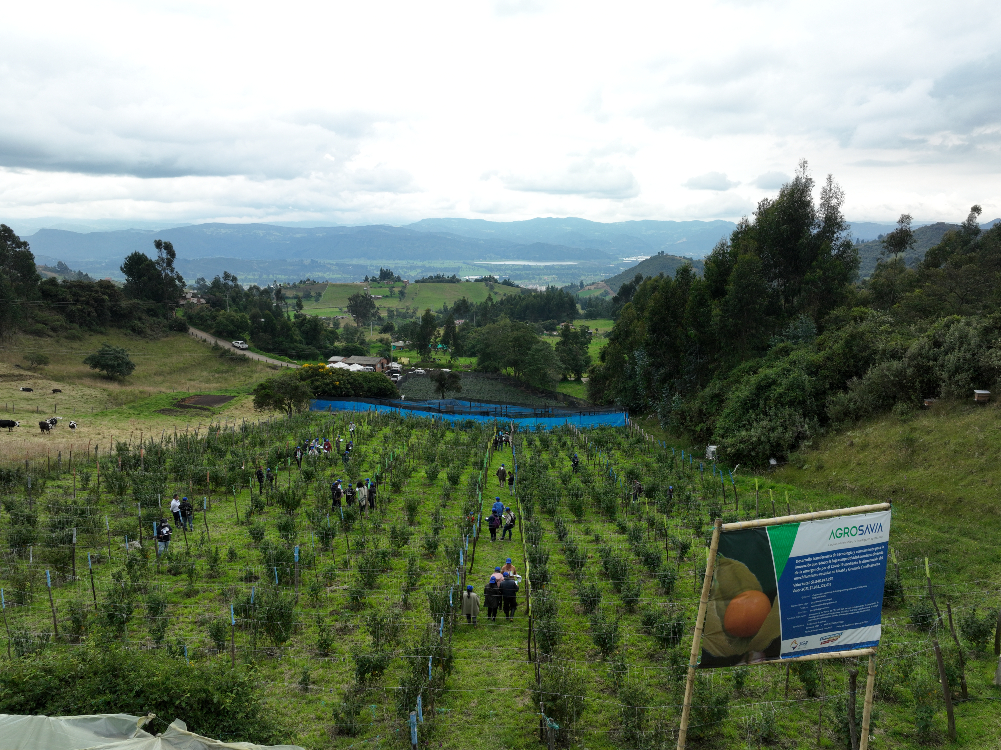
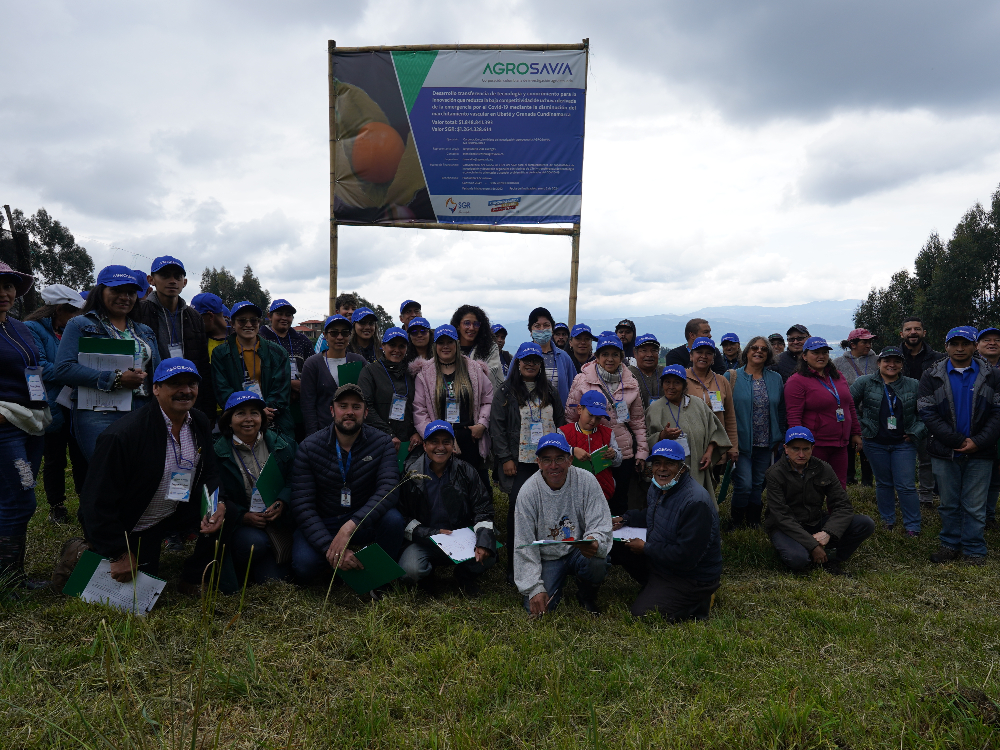
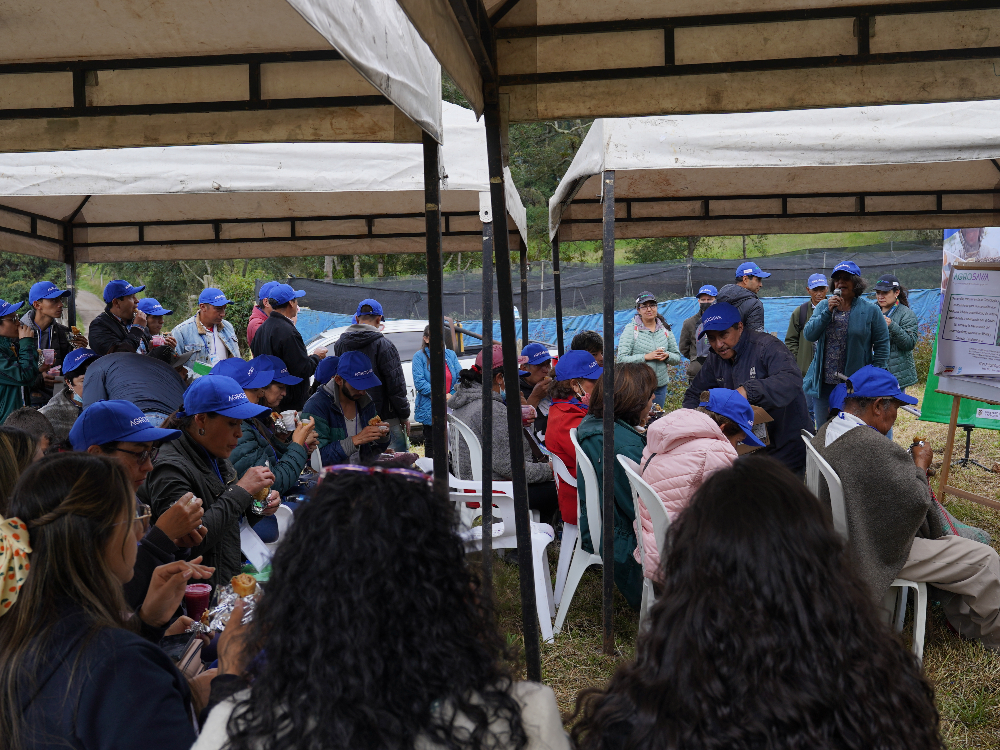
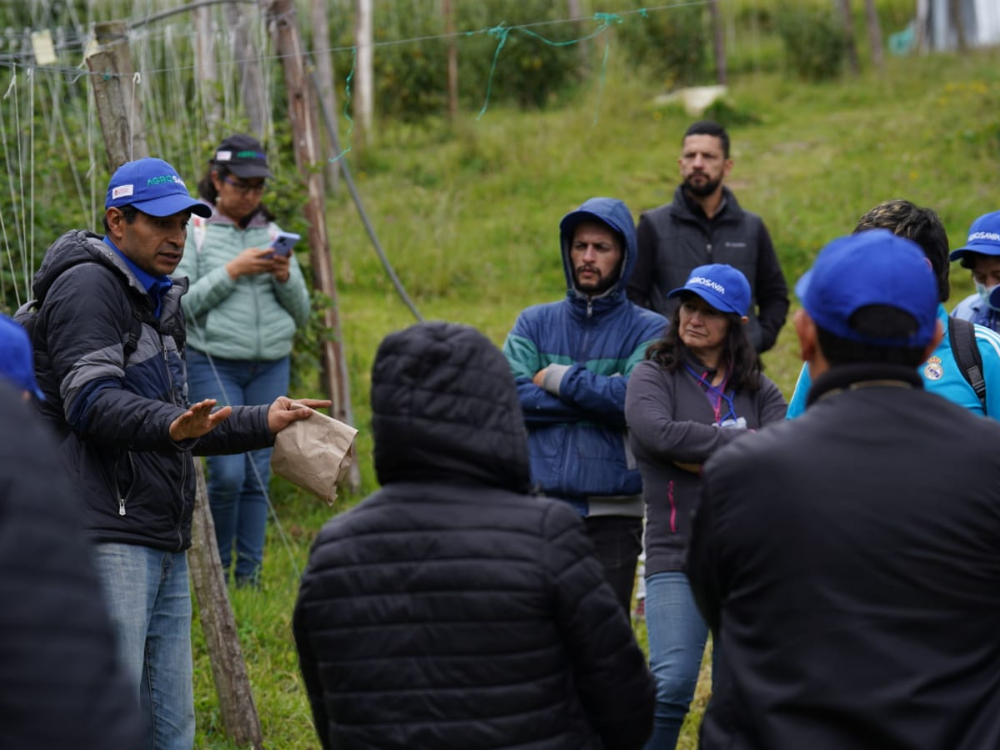
The researcher Serralde further commented, “Additionally, progress in the research carried out by AGROSAVIA in controlling and managing Botrytis cinerea, a disease caused by a fungus whose effect is evident mainly in postharvest and generates considerable losses in exports due to the rejection of the fruit, was presented. Demonstration plots were visited where producers observed the impact that proper crop management generates on the incidence of the disease.”
The event was attended by 41 participants, including 15 producers, six technical assistants, and people interested in cultivating this crop in the Ubaté region. Additionally, AGROSAVIA researchers presented the most relevant results of the project “Development, technology transfer and knowledge for innovation that reduces the low competitiveness of cape gooseberry derived from the emergency caused by Covid-19, by reducing vascular wilt in Ubaté and Granada, Cundinamarca” financed by the general system of royalties with the support of the Secretary of Agriculture of the municipality of Ubaté.
- More information here:
- María Elena Londoño Rubio
- Communications, Identity and Corporate Relations Professional
- Research Center Tibaitatá
- Communications, Identity and Corporate Relations Advisory Office
- melondono@agrosavia.co
- AGROSAVIA



